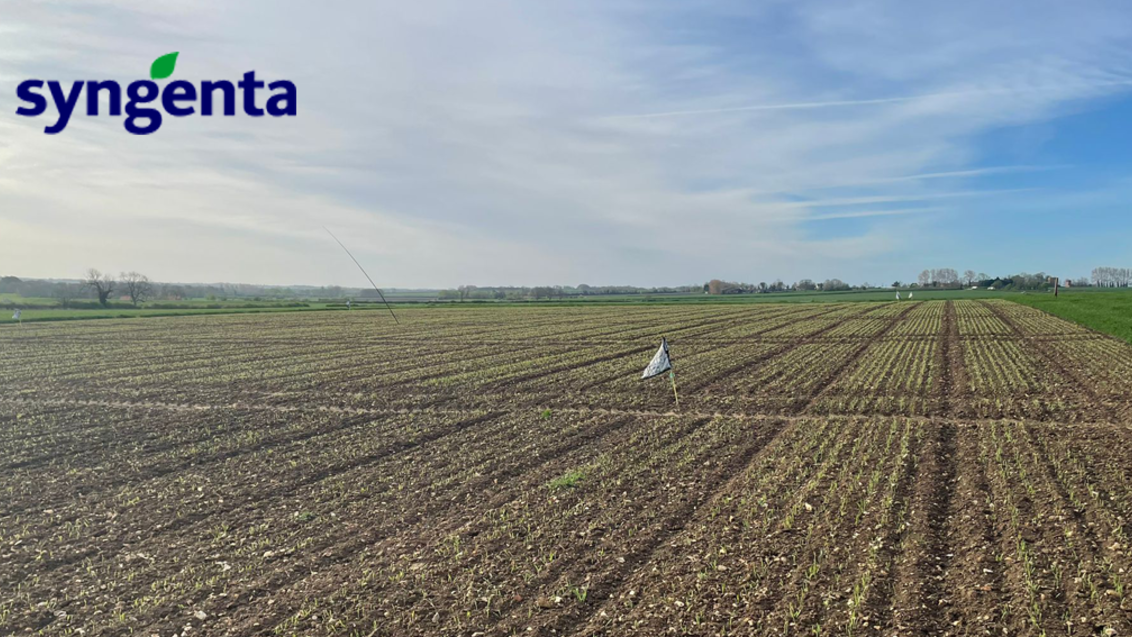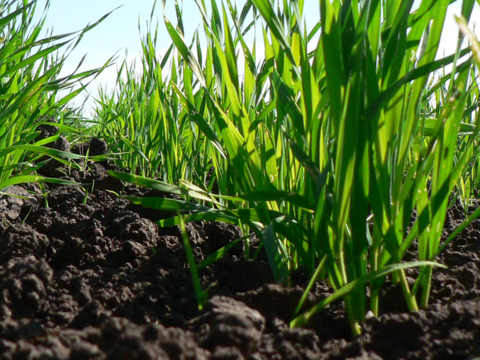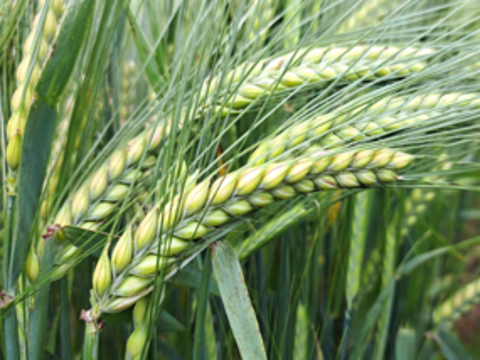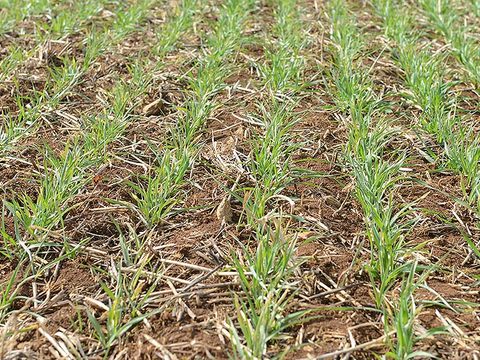Late drilled spring barley crops: how to get the most from them

As the difficult weather conditions continue, the struggle to get many spring barley crops into the ground continues in many regions. Where spring barley drilling becomes increasingly delayed, it is necessary to consider the risks associated with late drilled crops and act accordingly.
Crops drilled late March to April, have a much shorter growing season, and will have less time to put down roots and tiller before the crop reaches stem extension. This may result in less ears overall and therefore a lower number of grains produced.
“Spring barley is a sink-limited crop, which means its final yield potential is determined by the number of grain sites it has, and their size”
says Syngenta Malting Barley Technical Expert, Rob Jackson.
“Being prepared to increase spring barley seed rates as drilling becomes later to off-set this is therefore critical. If you use too low a seed rate for the time of drilling, plants will produce sub-optimal tiller numbers and therefore not enough ears per metre squared, and yield potential will be compromised”
explains Mr. Jackson.
To help growers, Syngenta have produced the following guide to seed rates for its popular spring barley varieties providing advice for different drilling slots.
Ultimately, final seed rates will need to take account of individual field conditions, including weather, pest pressure, seedbed quality, and potentially even soil type. However, in addition to this, the tillering ability of individual spring barley varieties varies, so seed rates will also need adjusting to the variety.

"The subsequent management of late drilled spring barley crops is also key to getting the best out of them."
continues Mr Jackson.
If the season subsequently turns dry, tiller losses to drought can have a large impact on yield to a crop which is already low yielding. Early nitrogen can help to feed and strengthen tillers, improving tiller survival, which will be especially important in low tillering crops. For a crop drilled after March, the RB209 advice is to apply 100% nitrogen between the time of drilling and GS30, with at least 40 kg N/ha applied in the seedbed. However, the quantity of nitrogen applied in the seedbed should not exceed 40 kg/ha where crops are grown on light sand soils or where substantial rain is expected after drilling, to reduce nitrate leaching.
It is also important to consider the impacts of late drilling on lodging risk. As late drilled crops have a shorter growing season, they are fast growing. When stem extension occurs, more energy is diverted above ground, giving late drilled crops less opportunity for rooting. For this reason, late drilled crops tend to have less anchorage and are more prone to lodging than earlier drilled spring barley. One MODDUS application between GS30-32 will give the crop a good foundation, strengthening straw early on. In high-risk areas, a follow up ethephon-based application may be needed, to reduce height and the risk of lodging later in the season. In dry seasons drought can act as a natural PGR and so rates and applications should be adapted to avoid over-regulation.
A further significant consideration for later drilled crops is that of BYDV. Unlike autumn drilled barley, it is the later drilled spring barley crops that will suffer more from BYDV.
“BYDV infection is more serious in spring barley that has not yet reached GS31. After this growth stage the impact of BYDV on yield is not as significant. Later drilled crops are more likely to be smaller at the time of aphid flight, and therefore yield losses can be significant”
explains Mr. Jackson.
Here again the use of early nitrogen can help to feed and strengthen tillers, improving tiller survival in the presence of the virus. Likewise, increasing plant populations is an important cultural control measure allowing the crop to better compensate for BYDV.
In spring cereals, only one aphicide is needed at initial aphid invasion to gain control of primary infections, so monitoring late drilled spring barley crops regularly for aphids is important to get the timing right. Guidance on when aphid flights are expected in different regions of the UK can be found here.
If aphids are found in a high-risk site, use HALLMARK Zeon at 50 mls/ha for aphid control. Due to secondary infection not being the target of these applications, BYDV Assist App should NOT be used for spring cereals.

To find out more about Syngenta spring barley varieties, click here!







